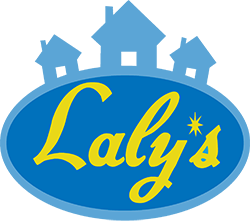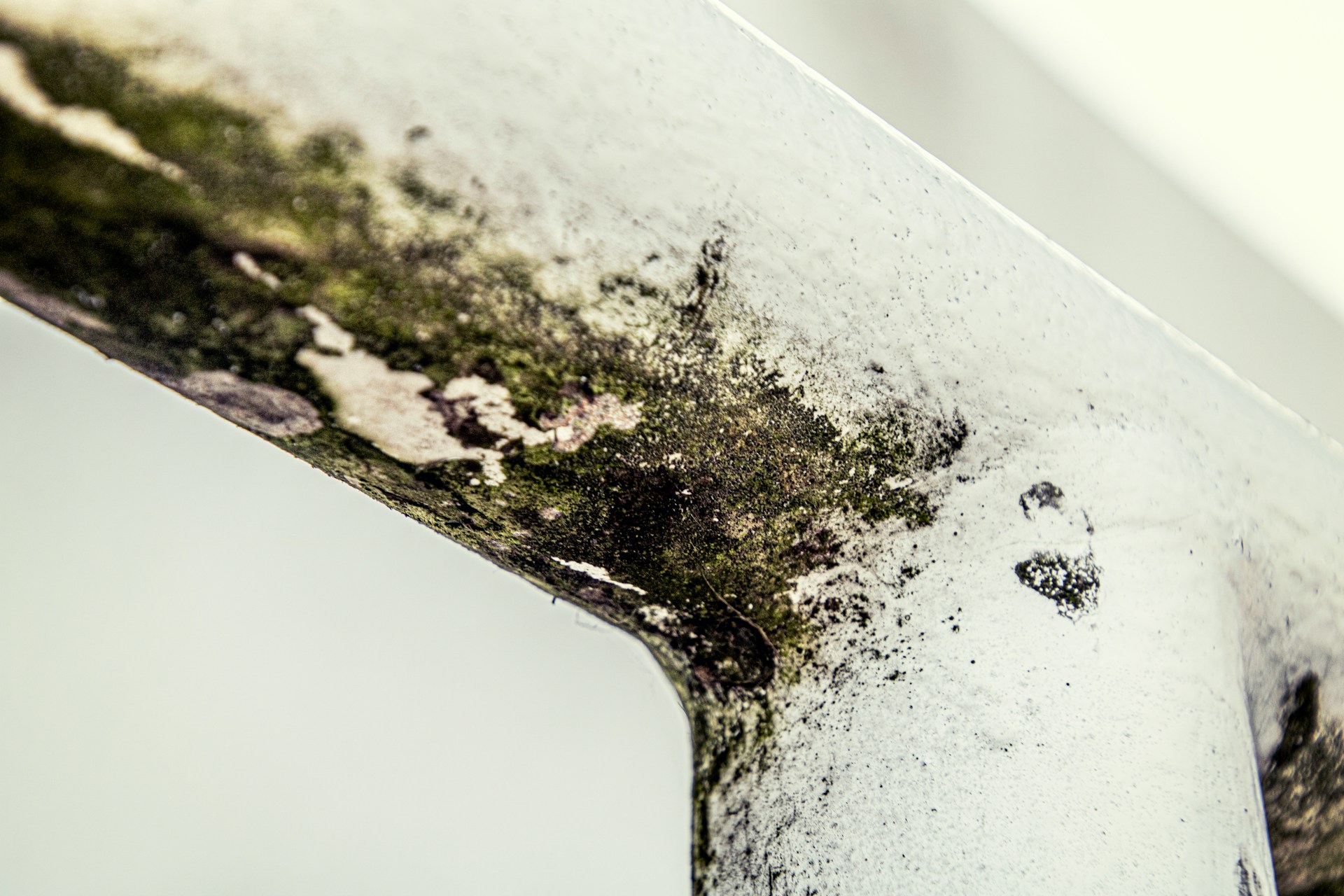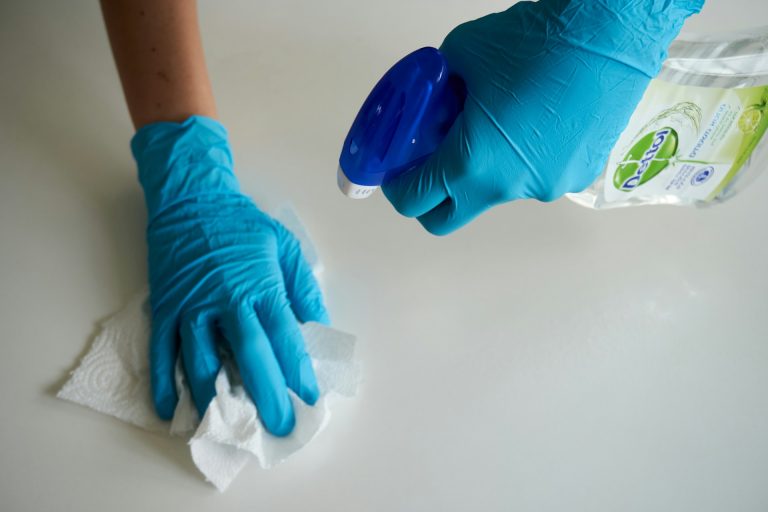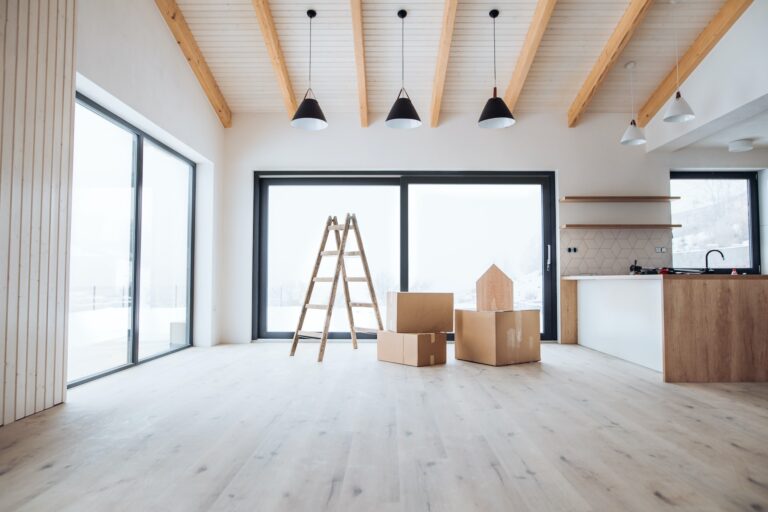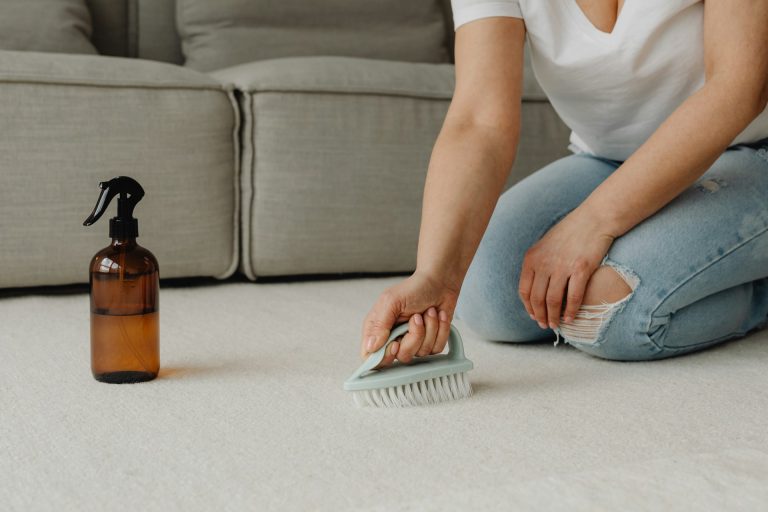Moving out of a property can be a stressful experience, with lots of details to manage. Among the packing and handing over keys, cleaning is a major task that cannot be ignored. It is important to ensure the space is left spotless for the next occupants. However, while focusing on visible areas, many overlook a silent problem—hidden mold. This often unnoticed invader thrives in unseen places, leading to potential issues long after you’ve left.
In Maryland, where humidity levels can foster mold growth, paying attention to this hidden problem is crucial. Mold doesn’t just create unsightly stains; it can also pose significant health risks. Addressing hidden mold means ensuring a clean and safe environment for everyone, including future tenants. Let’s explore how you can identify signs of hidden mold and tackle this issue effectively before moving out.
Identifying Hidden Mold
Detecting hidden mold is a task many tend to skip simply because it’s hard to spot. Mold tends to hide in areas where moisture lurks and ventilation is limited. Recognizing the signs early on can save you from headaches later. Here’s what to look out for:
– Musty Odors: A strong, earthy smell is often the first sign of mold lurking behind walls or under carpets.
– Discoloration: Black, green, or white specks on surfaces like walls, ceilings, or around plumbing fixtures can indicate mold.
– Allergic Reactions: If you or family members experience sneezing, skin rashes, or itchy eyes indoors, it might be due to mold.
Common places where mold hides include:
– Underneath kitchen sinks due to plumbing leaks.
– Behind wallpaper or drywall, especially in bathrooms or basements.
– Inside air conditioning vents or ducts where moisture collects.
– Around window sills where condensation accumulates.
Taking time to identify these signs and checking frequently missed spots could aid in keeping your house mold-free. Knowing where to look and what to sniff out can empower you to handle mold effectively and leave the property in prime condition for its next occupants.
Health Risks of Mold
Mold is more than just an inconvenience. It poses various health risks, especially for those with allergies, asthma, or compromised immune systems. Breathing in mold spores can lead to respiratory issues, skin irritations, and even chronic coughing. It’s essential for everyone’s safety and comfort that you remove it promptly. Also, mold can affect indoor air quality, which impacts everyone in the home, not just those with pre-existing conditions. Allergies can get worse, breathing problems can arise, and an overall sense of discomfort can develop.
In those frequently experiencing symptoms such as nasal congestion or eye irritation at home, hidden mold might be the culprit. To eliminate potential health hazards for future tenants, it’s necessary to identify and remove all traces of mold before moving out.
Effective Mold Removal Strategies
Once you’ve identified the presence of mold, the next step is tackling the removal. Here’s how you can approach this:
1. Inspection: Start with a detailed inspection of areas prone to mold growth, such as bathrooms, basements, and kitchens. Use a flashlight to look for discoloration or water damage that could indicate mold presence.
2. Cleaning Tools and Products: Equip yourself with protective gear like gloves and masks. Utilize products designed for mold removal, following the manufacturer’s instructions to apply them safely and effectively.
3. Ventilation and Moisture Control: Keep windows open and fans running to improve ventilation. Ensuring areas remain dry is vital for mold prevention. Consider using a dehumidifier in damp areas to control moisture levels.
While these steps are a good starting point, seeking professional help is often the best course of action. Professionals, such as maid services, have specialized tools and expertise for effective mold removal. This ensures thorough cleaning and peace of mind.
Preventing Mold in Future Properties
Preventing the growth of mold in future residences can create a healthier living environment. Here are some guidelines to consider:
– Regular Maintenance: Consistently monitor and repair leaks in roofing, windows, or plumbing systems to prevent moisture buildup.
– Proper Ventilation: Utilize exhaust fans in areas prone to moisture, such as bathrooms and kitchens, to ensure proper ventilation and reduce humidity levels.
– Control Indoor Humidity: Keep the indoor humidity level below 60 percent. Dehumidifiers can help manage this in particularly humid climates or seasons.
– Use Mold-Resistant Products: Opt for mold-resistant drywall, insulation, and paint in areas particularly susceptible to moisture.
Conducting regular inspections and incorporating these preventive measures can help maintain mold-free properties and contribute to a healthier living environment.
Wrap Up
Addressing mold when moving out not only protects your health but also guarantees the space you leave behind is safe and comfortable for future residents. By identifying hidden mold and knowing how to tackle it, you help contribute to a healthier living environment.
As you prepare to hand over the keys, remember that dealing with mold is a vital step in your move-out process. Choosing professional cleaning services can simplify this task, making sure every corner is meticulously cleaned and mold-free. This attention to detail reflects well on you, offering peace of mind and leaving a positive impression on those stepping into their new home.
For an easy, stress-free move and to ensure your property is safe and healthy for future occupants, consider a professional cleaning solution tailored for you. If you’re in need of maid service in Annapolis, Laly’s Cleaning Services is here to help. Discover how our expert cleaning team can make your move smooth and worry-free.
